In Love with Local
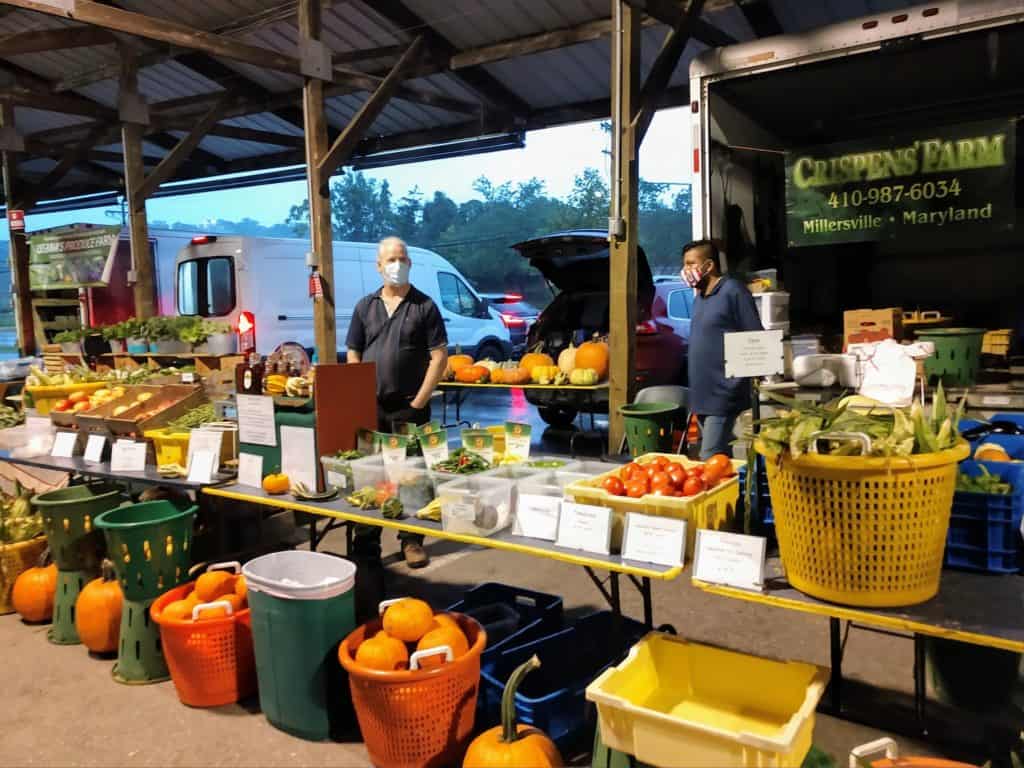
Crispens Farm 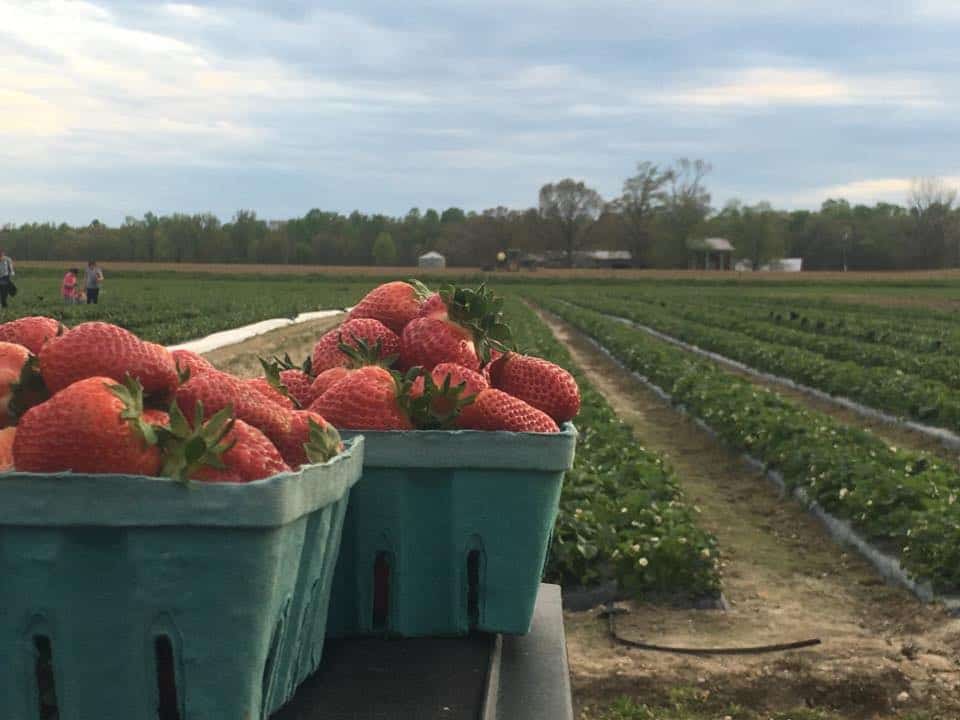
Shlagel Farm 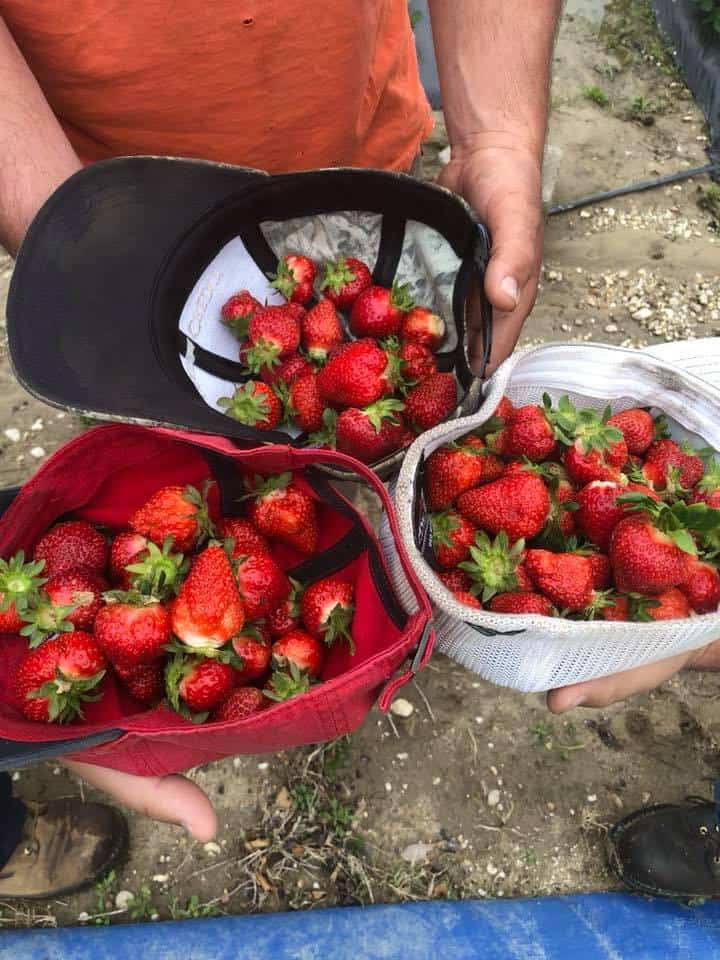
Shlagel Farm 
Bowling Green Farm 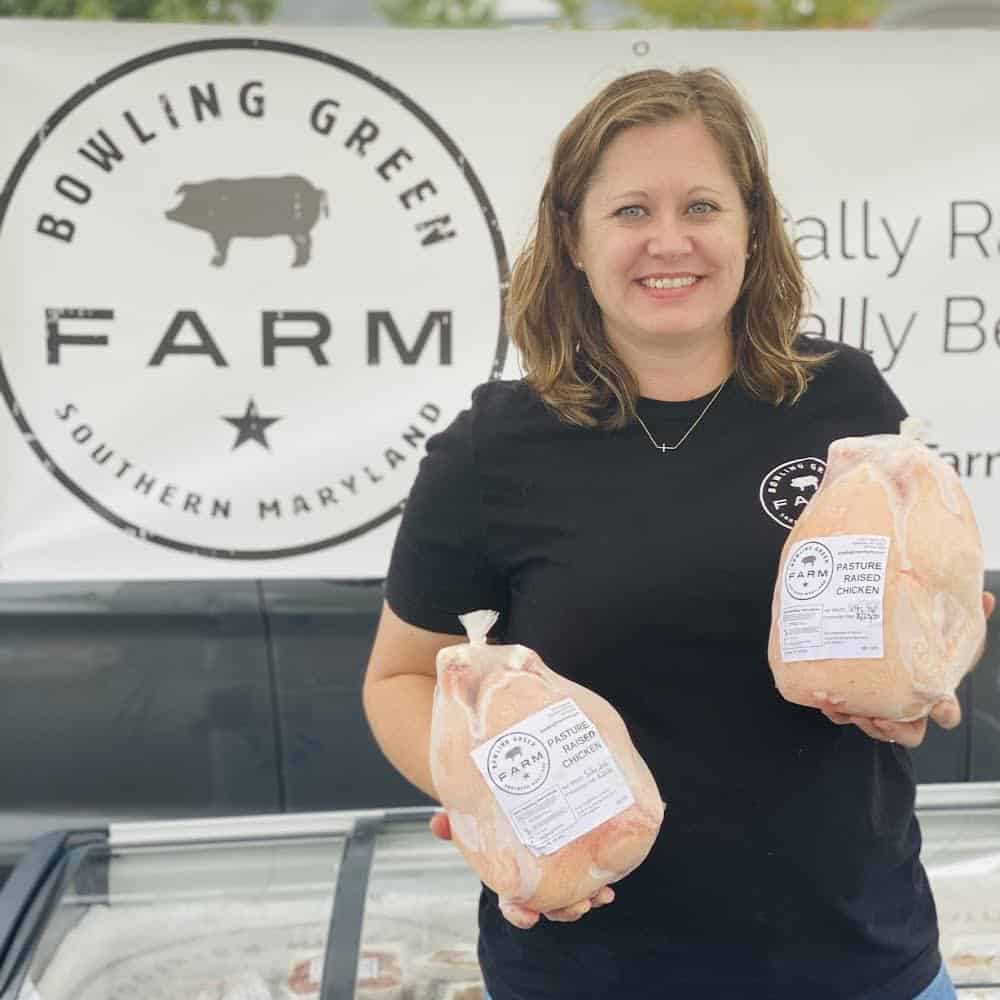
Beth Turner of Bowling Green Farm 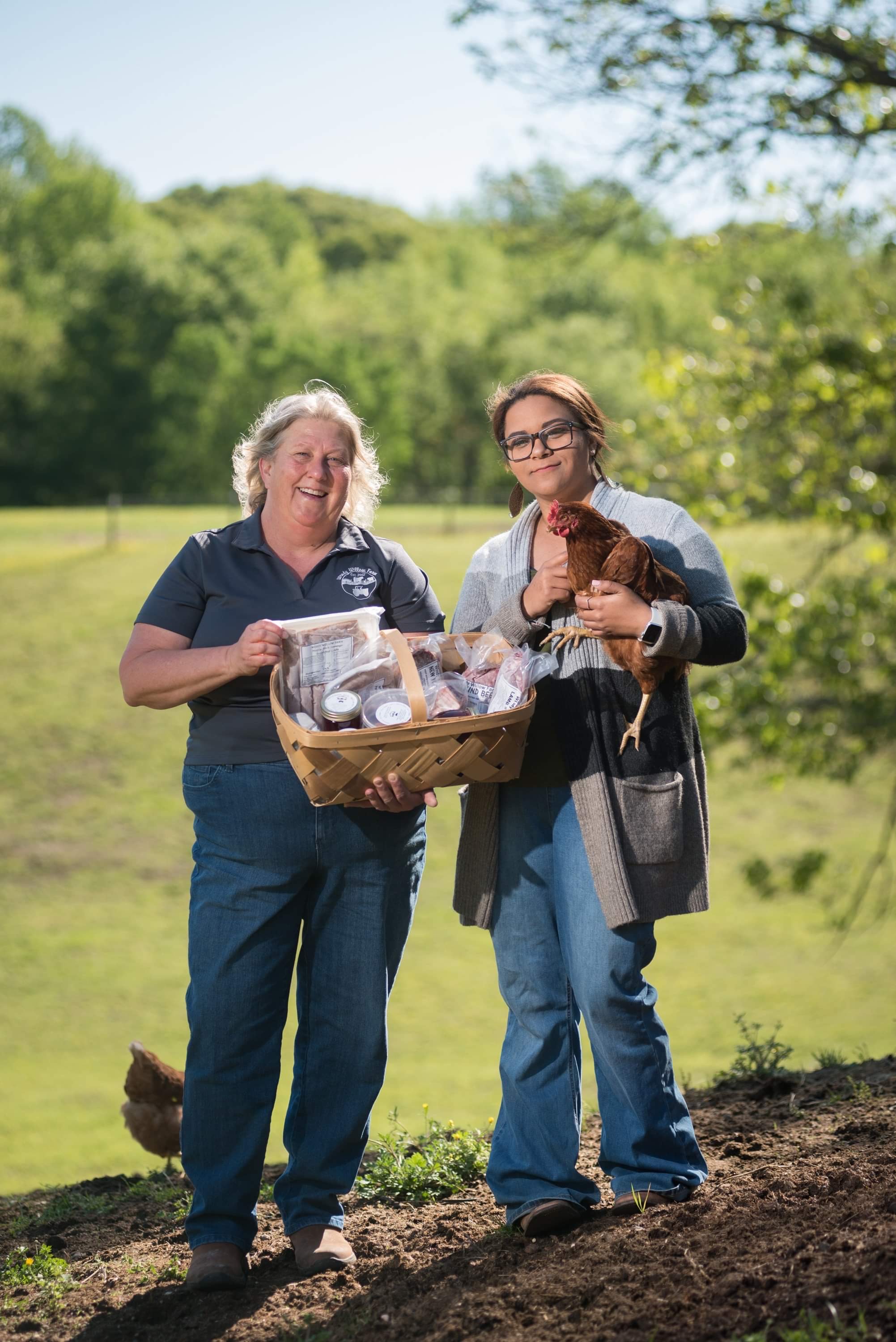
Debbie and Carrie Jones of Windy Willow Farm 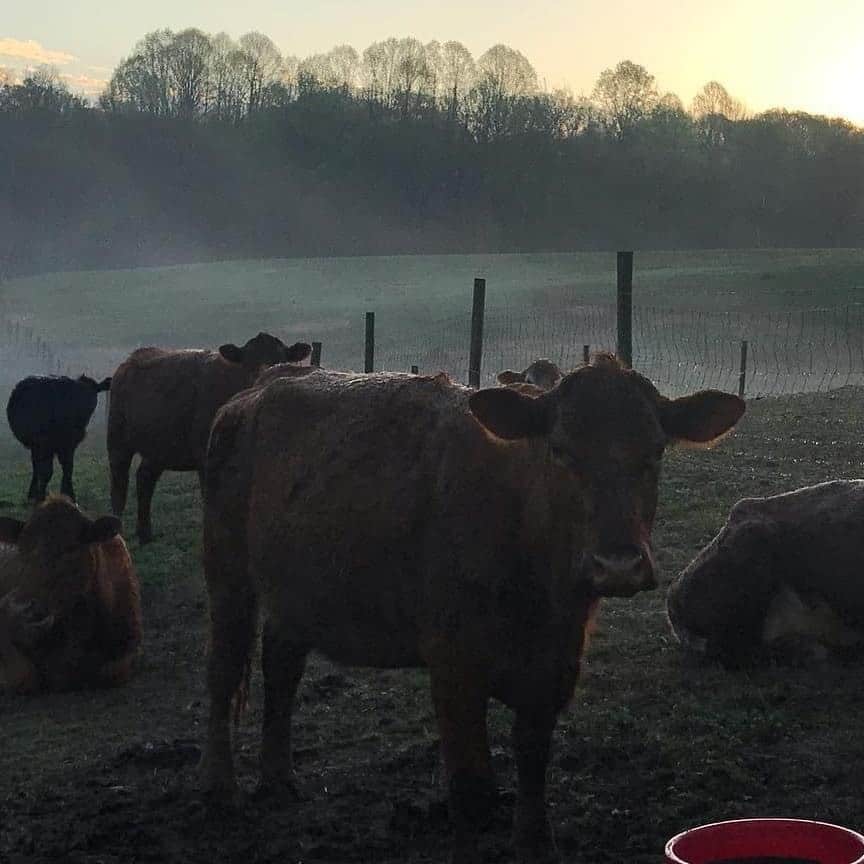
Windy Willow Farm 
Mushrooms at Goose Creek Farm 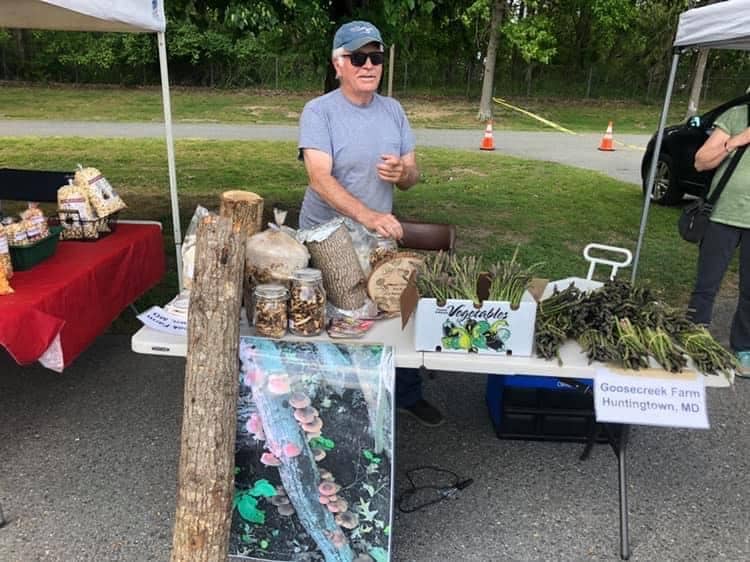
Goose Creek’s Pat Hanners
Farms, farmers markets blossom under public support
By Jillian Amodio
Farmers markets have been a part of American life for decades. Generations of people have fond memories of strolling through aisles of vendors selling everything from fresh produce and farm-raised meats to handmade soaps and beauty products. Americans have been trending towards anything related to sustainable living and welcome opportunities to learn from those in agricultural sectors. This already popularizing trend was further amplified with the shift in demand brought by the pandemic.
In the early days and weeks of the shutdown, grocery stores struggled to keep items in stock. Farmers and local growers stepped up to do what they could to fill the void and help meet the surge in demand.
Russell Shlagel of Shlagel Farms in Waldorf says that at the beginning of the pandemic there was such a need for meats, eggs, produce, and dairy products that they had customers driving from Virginia, utilizing the farm’s newly implemented online ordering option.
Debbie Jones of Windy Willow Farm in Sunderland started selling farm-raised, sustainably sourced, meat products in 2009. She says that pre-pandemic they had a steady flow of business and a regular stream of repeat customers who relied on the farm for meat, eggs, and pantry products. With the arrival of the pandemic, their business surged and they struggled to keep up with demand.
“People couldn’t get the foods they wanted at the grocery stores so they began to flock to local farms. I hope they remember us in the future when things start to get back to normal,” Jones says.
Because farms were considered essential businesses many were able to stay open and fully operational, helping with the surges in supply and demand, and keeping individuals employed during a time when many were let go. As the lockdown continued, the looming food shortages forced people to think about where they get their food. With more time spent at home, more focus on preparing at-home meals, and more opportunities to think about where the items we consume come from, people started to concern themselves not only with what they were consuming but also the process it took to get it from farm to table. Quality and a quest for knowledge became a new focus of attention for many.
Farm fresh has become more than just a slogan. It’s an accurate description that tells the tale of the quality of the items consumers depend on. The increased demand and the satisfaction of customers new and old have brought Jones and farmers like her new perspective. “It has solidified the idea that we are serving the people and the public,” she says. “My vision and my goal have always been to show people that local can be affordable, available, and better quality.”
Pat Hanners of Goose Creek Farm in Huntingtown is a retired chemist turned farmer. Armed with a degree in botany and generational knowledge from his father, grandfather, and great-grandfather, Hanners has found success in the mushroom business. He, too, faces the struggle of keeping up with the increase in demand for quality mushrooms including highly coveted varieties such as shiitake.
Hanners says that sales have been increasing dramatically over the past few years and he constantly finds himself asking how he can supply the current demand. He says that education is just as important as the product and he strives to spread the knowledge and science of growing mushrooms. “We like to educate the public through tours and tutorials on how to cultivate their own mushrooms,” he says. His products are so highly regarded that he has people come from out of state to buy them.
Locally Grown and Loved
Buying local has a positive impact on the economy, the lives of residents, and the environment as a whole. According to Anne Arundel Economic Development Corporation, “in Maryland, if every household purchased just $12 worth of farm products for eight weeks, over $200 million would be put back into our farmers pockets.”
There is a decreased risk of food-borne illness when foods are not shipped across the country or from overseas. Freshness and quality are also higher when foods are sourced locally. When consumers purchase products that are local (especially native varieties) the use of harmful pesticides, fertilizers, and emissions are greatly reduced. Local shopping also reduces food waste.
Derek Turner of Bowling Green Farm in Bryantown has found that his customers are incredibly insightful, well-informed consumers. “Our customers are able to ask questions and talk directly to the farmer. All of our animals are pasture raised. People can ask our farmers what the animals are being fed, and what their day-to-day life is like on the farm. It gives customers peace of mind to know the quality of the animal’s lives.”
Turner says that he is confident that the increased support their farm has experienced through COVID is likely to continue. “The grocery stores are open and have been staying stocked, Instacart is still available and even so, those who have discovered local shopping during the pandemic have fallen in love with the product and the way we work.”
Shlagel speaks of high food costs due to fees and expenses associated with shipping and import. He wants to remind consumers that buying locally can be more affordable. In addition to cutting emissions and costs, there is an educational aspect and a family bonding opportunity as well. “We had a surge of people come out to our pick your own fields last year. They came out for an activity and were surprised at how fun it was to pick their own food,” he says.
Growing With Changes
Another factor that helped ignite the demand for farm-to-table consumerism was the COVID-cautious appeal of food shopping outdoors.
Bobi Crispens, of Crispens’ Farms in Millersville, says they too experienced a large increase in business. “The biggest response we heard from our customers was that they would much rather be out picking vegetables from the market or stands because they didn’t want to be indoors and they feel much safer than going to the grocery store,” she says. Crispens adds that the pandemic turned people who were just occasional buyers into regular customers.
To continue providing outdoor shopping and access to quality food products many markets had to readjust to ensure they were following state and county guidelines and protocols. Markets have gone virtual or added drive-thru options. Matt Corley, spokesman for the Bowie Farmers Market says that last year was the first time in the history of the market that they diverted to a drive-thru-only operation. As they prepare to open again at the end of the month, he says they are eager to get back to some semblance of normalcy.
Calvert County had initially responded to the pandemic last year by offering a drive-up-only market. While the Calvert County Farmers Market has re-opened for walk-through shopping while masked, they are still offering drive-up service for those who are more comfortable. Kelly Swann, Agriculture Development Specialist for Calvert County says that while there are plans for a virtual market to be available in the fall, the county has shifted much of its focus currently to making the outdoor markets available to residents and vendors. With the pandemic having robbed us of so much social interaction, the county is eager to offer these markets in the same pre-pandemic fashion.
The market in Prince Frederick at the CalvertHealth Medical Center is now offering both a traditional walk-up market experience as well as a drive-up option. Patrons will have the option to walk through the vendors or remain in their cars while market vendors deliver products to them.
Anne Arundel County is offering a brand new market this year as well. The new Glen Burnie Farmers Market was set to open last year, however, the pandemic created too much uncertainty, so organizers decided to wait until 2021 to officially launch. The market will be in the Glen Burnie Town Center on Thursdays beginning in mid-June and running through Labor Day 2021.
Supporting local business is a helpful and sustainable way to ease back into the social interactions that have long been lost, as well as support neighbors and friends, and reduce our carbon footprint. Many farmers and vendors want consumers to know that buying local can be affordable and provide lasting health benefits. Many of the markets are now able to accept WIC, SNAP, EBT, and Senior benefits which ensures that a nutritious diet can be achieved by all Marylanders.
Local farms continue to offer delivery and curbside pickup and are encouraging consumers to continue supporting local agriculture, farming, and sustainable living through continued patronage even after life returns to normal.
For a full list of Maryland markets, farms, and stands as well as their hours of operations visit smadc.com/buy-local-guide/. Please check with each market for their masking policies.
Anne Arundel County
ANNE ARUNDEL COUNTY FARMERS MARKET
Corner of Harry S. Truman Parkway & Riva Road, Annapolis
January–December: Sunday, 10am-1pm
April–December: Saturday, 7am-noon
June–September: Wednesday, 7am-noon
BROOKLYN PARK FARMERS MARKET
At Brooklyn Park Middle School, 200 Hammonds Ln., Brooklyn Park
June–August: Monday, 11am-2pm
CROFTON FARMERS MARKET
St. Elizabeth Ann Seton Church, 1800 Seton Drive, Crofton
May– October: Wednesday, 3-7pm
GLEN BURNIE FARMERS MARKET
Town Center 101 Crain Hwy N., Glen Burnie
June 3-Sept. 2: 4-7pm
LUMINIS HEALTH FARMERS MARKET
Anne Arundel Medical Center, 2001 Medical Pkwy., Southport Cafe Lower Level, Annapolis
July–October: Friday, 10:30am-1:30pm
LUMINIS HEALTH/HACA FARMERS MARKET
Eastport Terrace Community Center, 1014 President Street, Annapolis
June–October: Tuesday, 1-4pm
PINEY ORCHARD FARMERS MARKET
Piney Orchard Community Center & Visitor’s Center Parking Lot, Stream Valley Dr., off Rt. 170, Odenton
June–October: Wednesday, 2-6pm
SEVERNA PARK FARMERS MARKET
Located in the park and ride lot on Jones Station Road and Ritchie Highway (Rt. 2), Severna Park
April– October: Saturday, 8am-noon
SOCO FARMERS MARKET
At the Deale Library, 5940 Deale Churchton Rd., Deale
June–September: Thursday, 3-6pm
Calvert County
CALVERTHEALTH MEDICAL CENTER FARMERS MARKET
Parking lot adjacent to Route 4, 130 Hospital Rd., Prince Frederick
April–November: Tuesday, 3:30-6:30pm
DUNKIRK DISTRICT PARK FARMERS MARKET
Located in the front parking lot, 10750 Southern Maryland Blvd., Dunkirk
May–November: Thursday, 3-7pm
NORTH BEACH FARMERS MARKET
Senior Center Parking Lot, 9010 Chesapeake Avenue, North Beach
May-September: Saturday, 8-11am
LUSBY SNEADES ACE HOME CENTER FARMERS MARKET
Sneades Ace Home Center, 11861 HG Trueman Rd., Lusby
May–November: Saturday, 9am-2pm
CALVERT VIRTUAL FARMERS MARKET
Cardinal Creek Plant Farm, 5180 Sixes Rd., Prince Frederick
Year Round: Pickup and Delivery
Prince George’s County
BOWIE FARMERS MARKET
15200 Annapolis, Rd., next to Bowie High School
May– October: Sunday, 8am-noon
